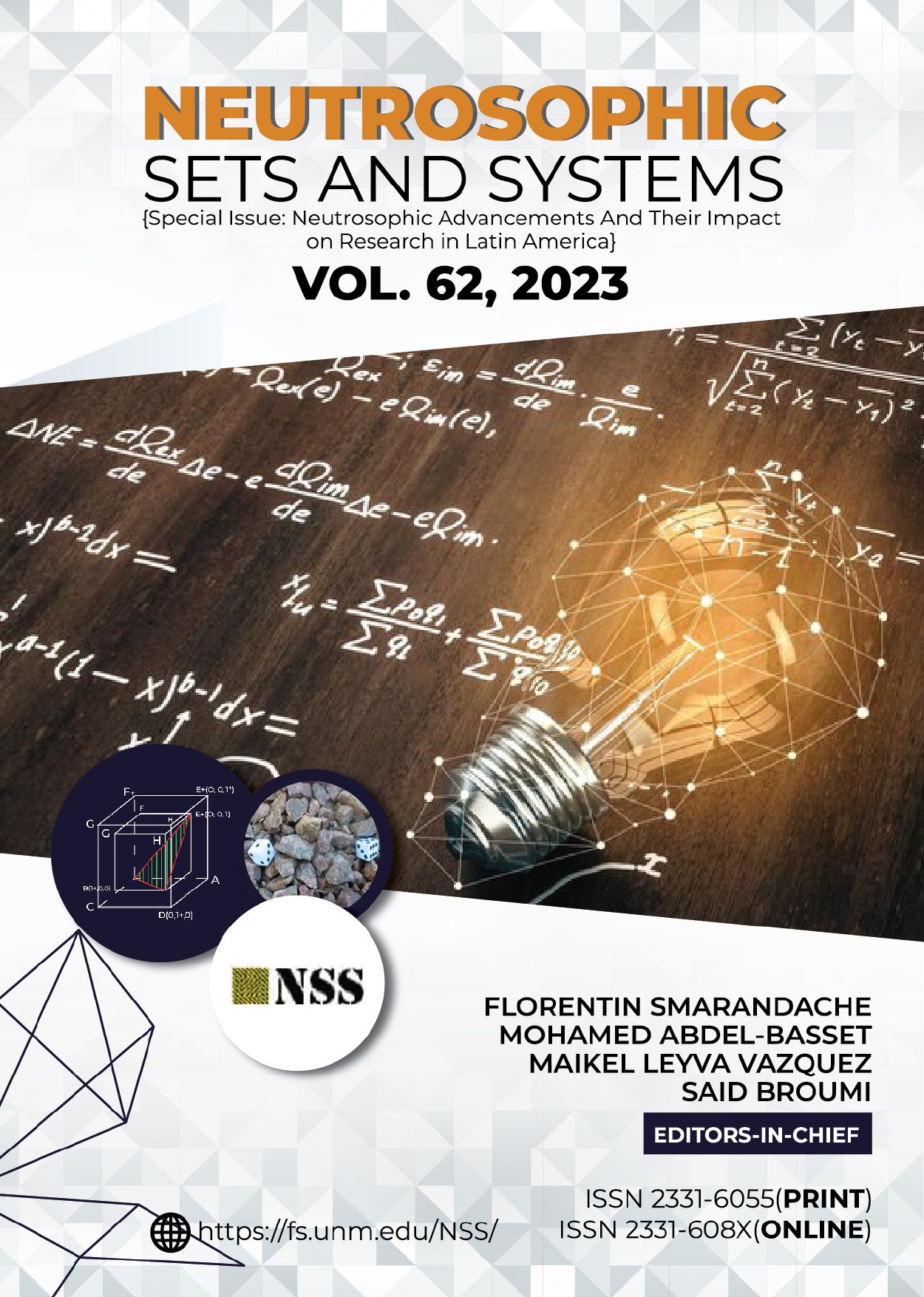Neutrosophic Orthodontic Treatment Planning
Keywords:
TOPSIS, DEMATEL, neutrosophy, dentistry, planning, treatmentAbstract
Neutrosophy is a modern philosophical approach that emphasizes seeking balance and comprehension in a complex
and polarized world. It encourages the exploration of nuance and the acceptance that truth is not always found in extremes. In
the medical realm, especially in dentistry, neutrosophy plays an essential role in providing a philosophical framework for
clinical decision making and work planning. This article examines the approach to orthodontic treatment planning using a
neutrosophic perspective. Specific criteria are used to evaluate and rank treatment alternatives, employing methods such as
TOPSIS and neutrosophic DEMATEL. Key factors considered include clinical effectiveness, long-term stability, impact on
quality of life, cost-benefit, and sustainability of materials and techniques. Neutrosophic orthodontic treatment planning aims
to achieve a balance amongst clinical, ethical, economic, and psychosocial aspects, enabling more customized and gratifying
patient care. The outcomes highlight the significance of considering various outlooks and subtleties during the clinical decision
making process in dentistry, from a neutrosophic viewpoint.
Downloads
Downloads
Published
Issue
Section
License
Copyright (c) 2023 Neutrosophic Sets and Systems

This work is licensed under a Creative Commons Attribution-NonCommercial-ShareAlike 4.0 International License.








